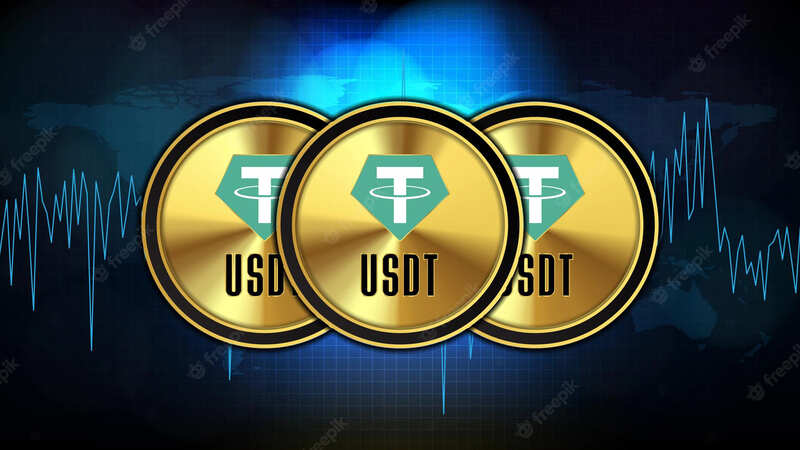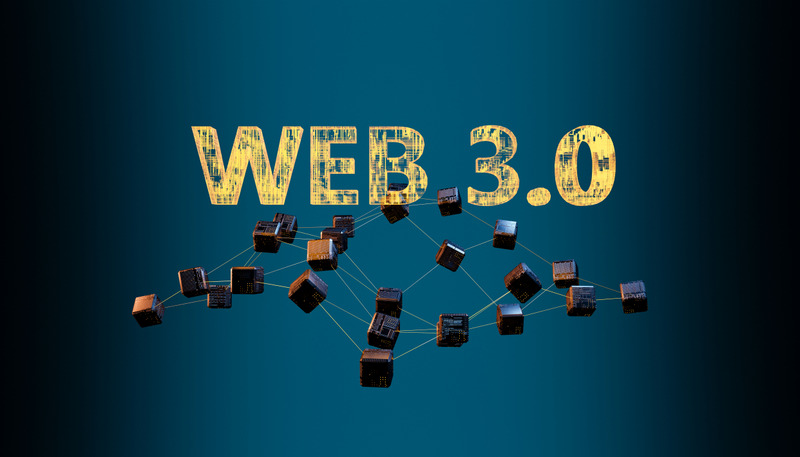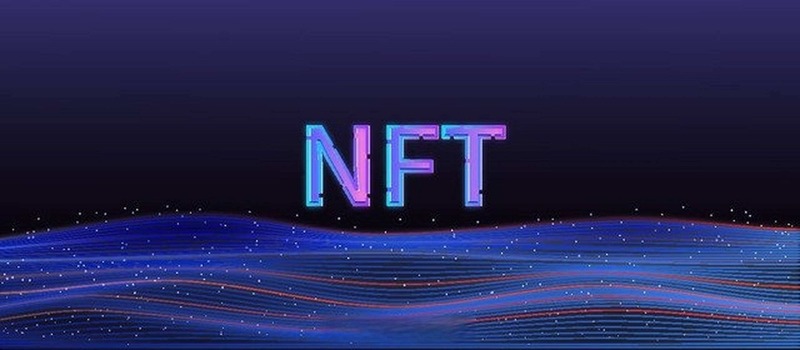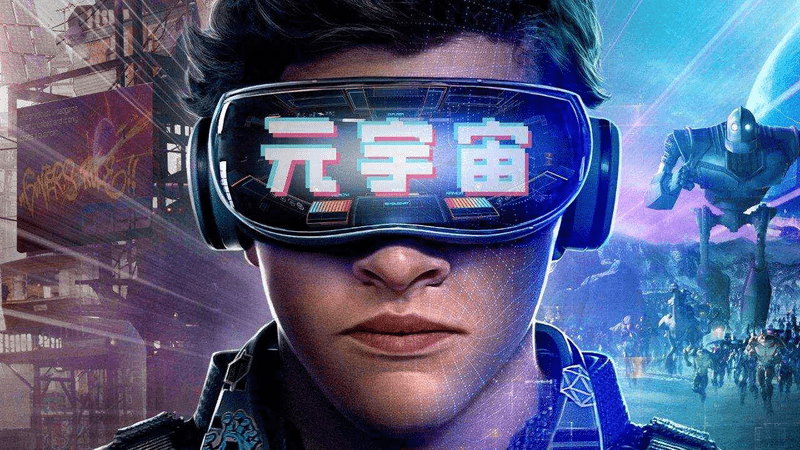You will hear about blockchain in today’s world whether you are talking about cryptocurrencies, metaverse, or NFT, so what precisely is blockchain?
For those who are new to the world of cryptocurrencies, Jayz has put up a blockchain laziness kit that will walk you through the fundamentals of blockchain technology in an accessible manner.
What is Blockchain?
The blockchain is really just a series of data blocks that make up a disintermediated database. Each block of data comprises details on a single transaction that took place on the Bitcoin network, which are used to validate the data and create the following block.
A blockchain is, in a more restricted sense, a decentralized ledger of data blocks that are progressively connected into a chain data structure and are cryptographically guaranteed to be tamper-evident and unfalsifiable.
In a larger sense, blockchain really refers to a decentralized computer and infrastructure system that is employed to guarantee the security of data access and transmission.
Blockchain Technology

This system stores data in units called blocks, which are collections of data. Blocks are always being added. Each block has a time stamp and details the whole transaction procedure. Some algorithm known as Chain connects the various blocks to one another in chronological sequence.
There are four further Blockchain technologies, which collectively go by the name “Blockchain” and are where the English word “blockchain” first appeared.
Decentralized Account Book
The term “decentralized ledger” refers to a system where transaction accounting is carried out by a number of dispersed nodes, each of which maintains a complete account and participates in monitoring the transaction’s validity as well as testifying on its behalf.
The distinction between blockchain decentralized storage and conventional decentralized storage may be seen in two key areas.
- In contrast to traditional decentralized storage, which typically divides the data into several copies in accordance with specific regulations, each node of the blockchain maintains complete data in accordance with the blockchain structure.
- While traditional decentralized storage typically synchronizes data from the central node to other backup nodes, blockchain storage relies on consensus mechanisms to assure consistency of storage across all independent, equal-status nodes. A single bookkeeper cannot be coerced or bribed to produce false entries since no single node can record bookkeeping data alone. Since there are sufficient bookkeeping nodes, the accounts should remain intact even if all the nodes are destroyed, guaranteeing the security of the bookkeeping data.
Asymmetric Encryption
The account identity information is highly encrypted and may only be viewed with the consent of the data owner, protecting the security of the data and the privacy of the user, but the transaction information kept on the blockchain is made public.
Consensus mechanism
The account identity information is highly encrypted and can only be accessed with the consent of the data owner, ensuring the security of the data and the privacy of the individual. While the transaction information stored on the blockchain is made public, this does not apply to the account identity information.
Smart Contract
Smart contracts may automatically enforce predefined rules and conditions since they are based on reliable but tamper-evident data.
In the case of insurance, for instance, it is simple to automate claims processing in some standardized insurance products if everyone’s information (including medical information and risk occurrence information) is truthful and reliable.
Although transactions in the insurance industry are not as frequent as those in the banking and securities sectors, there is an increasing reliance on reliable data.
Jayz thinks that by beginning with data management, the adoption of blockchain technology will successfully help insurance businesses improve their risk management capabilities. It is primarily separated into two categories: risk management for policyholders and risk supervision for insurance companies.
Features of Blockchain

Decentralization
With the exception of the self-contained blockchain itself, blockchain technology does not rely on extra third-party management companies or physical facilities. Each node achieves self-verification, transmission, and management of information through decentralized accounting and storage. The most noticeable and fundamental aspect of blockchain is decentralization.
Not falsifiable
It would be a very massive effort to tamper with each block, which is dispersed over many nodes and contains a hash of the preceding block, making it nearly difficult to tamper with the data on the blockchain. The hash value of the previous block is contained in each block, which is dispersed among several nodes, making it incredibly difficult to alter. This gives the blockchain the property that the data is virtually hard to alter.
Openness
Except for the encrypted private information of the transaction participants, the technology foundation for blockchain is open source. Anyone can query the blockchain’s data and create associated apps through the public interface, making the system’s information highly visible.
Independence
The entire blockchain system does not rely on other third parties and all nodes can automatically and securely verify and exchange data within the system without any human intervention thanks to agreed-upon specifications and protocols (similar to various mathematical algorithms like the hash algorithm used by Bitcoin).
Security
The blockchain itself is largely protected from subjective and human-made data alterations because you cannot manipulate and modify the network data unless you own 51% of all data nodes.
Anonymity
Technically, each block node’s identity does not need to be revealed or validated unless legally mandated, and data transfer can take place in an anonymous manner.
3 Types of Blockchain
Public Block Chains
Any person or group can send a transaction, and the blockchain can validate the transaction and let anyone to take part in its consensus process.
The earliest and most extensively used blockchain is the public blockchain. The public blockchain serves as the foundation for all of the major bitcoin series’ virtual currencies, and there is only one blockchain worldwide that corresponds to each currency.
Private Block Chains
This chain is not particularly different from other distributed storage systems, using just the general ledger technology of the blockchain for bookkeeping, either as a business or as an individual with exclusive write access to the blockchain.
While the use of public chains, like bitcoin, has been commercialized, traditional banking is attempting to experiment with private chains.
Consortium Block Chains
The pre-selected nodes participate in the consensus process and decide how to generate each block. Other access nodes can participate in the transaction but are not asked about the bookkeeping process (basically, it is still custodial bookkeeping but it becomes distributed bookkeeping, and the number of pre-selected nodes and how to decide the bookkeeper of each block becomes the main risk point of the blockchain).
Where can blockchain be used?

Blockchain can be used for many aspects of Web3, as well as many other aspects of daily life.
- Finance
- Logistics
- Public Services
- NFT
- Cryptocurrency
- Meta-Universe
- Insurance
- Justice
The development history of blockchain
Blockchain 1.0
The anonymous Satoshi Nakamoto, who may be a person or an entity that no one has ever heard of, suggested the blockchain technology used in Bitcoin in 2008.
It disproves the notion that money can only be managed by centralized institutions like banks and establishes a decentralized currency that does not require manual auditing, making it a very safe form of payment.
Blockchain 2.0
In addition to creating a variety of cryptocurrencies, we also create “smart contracts” for asset transfer transactions using blockchain technology.
This enables financial and digital assets, such non-homogenized tokens (NFT), decentralized finance (DeFi), and game-based finance, to become more varied (GameFi).
Blockchain 3.0
It is still being developed, primarily in the area of “IOAT,” which simply refers to the fusion of blockchain with the Internet of Things in order to enhance the number of applications and the complexity of smart contract operations.
However, the idea of a meta-universe has already begun to take shape, and we anticipate the development of more blockchain applications in the future.
Conclusion
Blockchain is still mostly employed in the financial sector at the moment, but it is also being deployed progressively in other sectors including healthcare, insurance, logistics, and justice.
Although cryptocurrency is still relatively unknown, blockchain technology has already silently ingratiated itself into our daily lives.

Author Profile – Jayz
Graduated from the Institute of Finance and Economics, because he has loved basketball since he was a child, and is deeply influenced by the idol Kobe’s belief in never giving up and pursuing perfection, he has a dual identity after graduation. He is currently working as a media worker and a virtual currency lecturer. With my professionalism and passion for cryptocurrencies, I hope more people can get a small fortune from it. Likes to read all kinds of sports news and is also very interested in cryptocurrencies.





